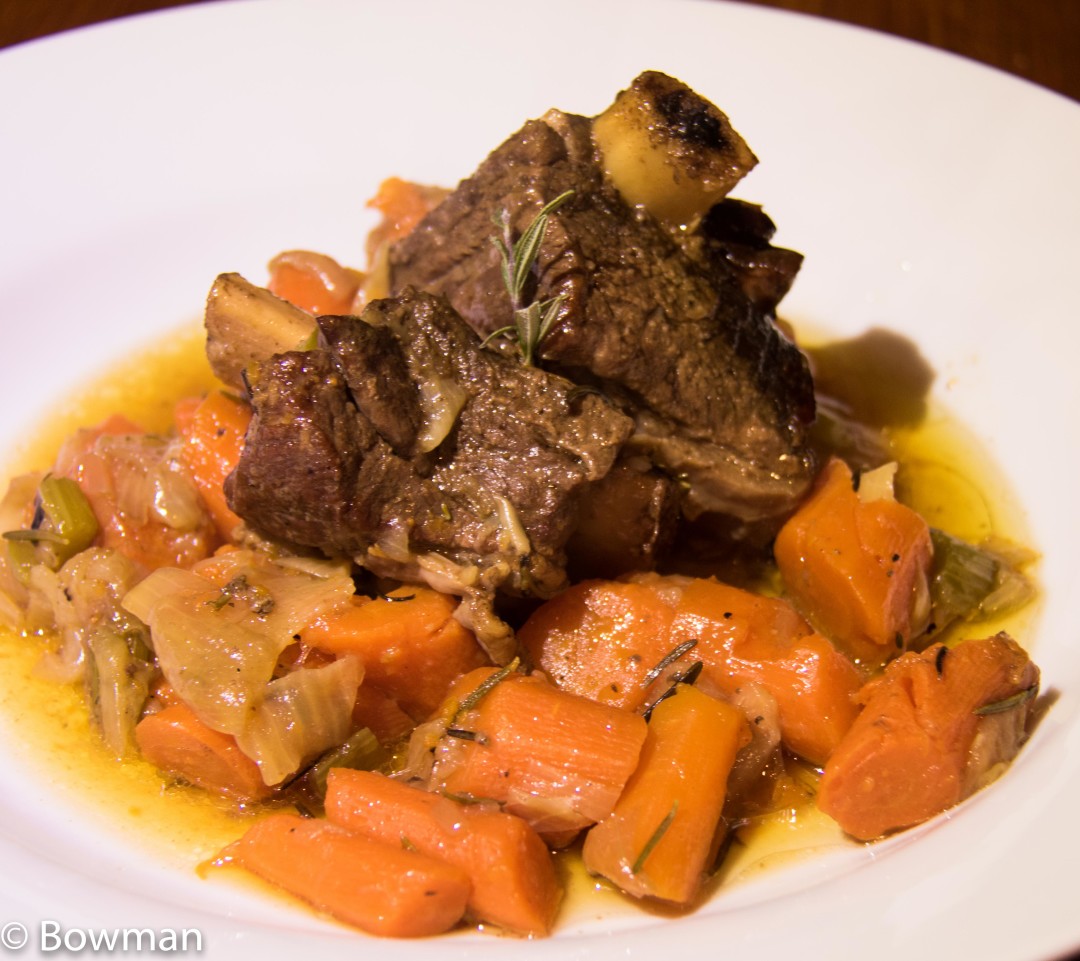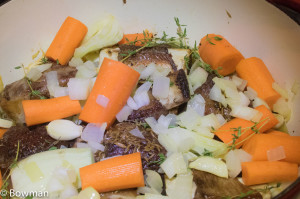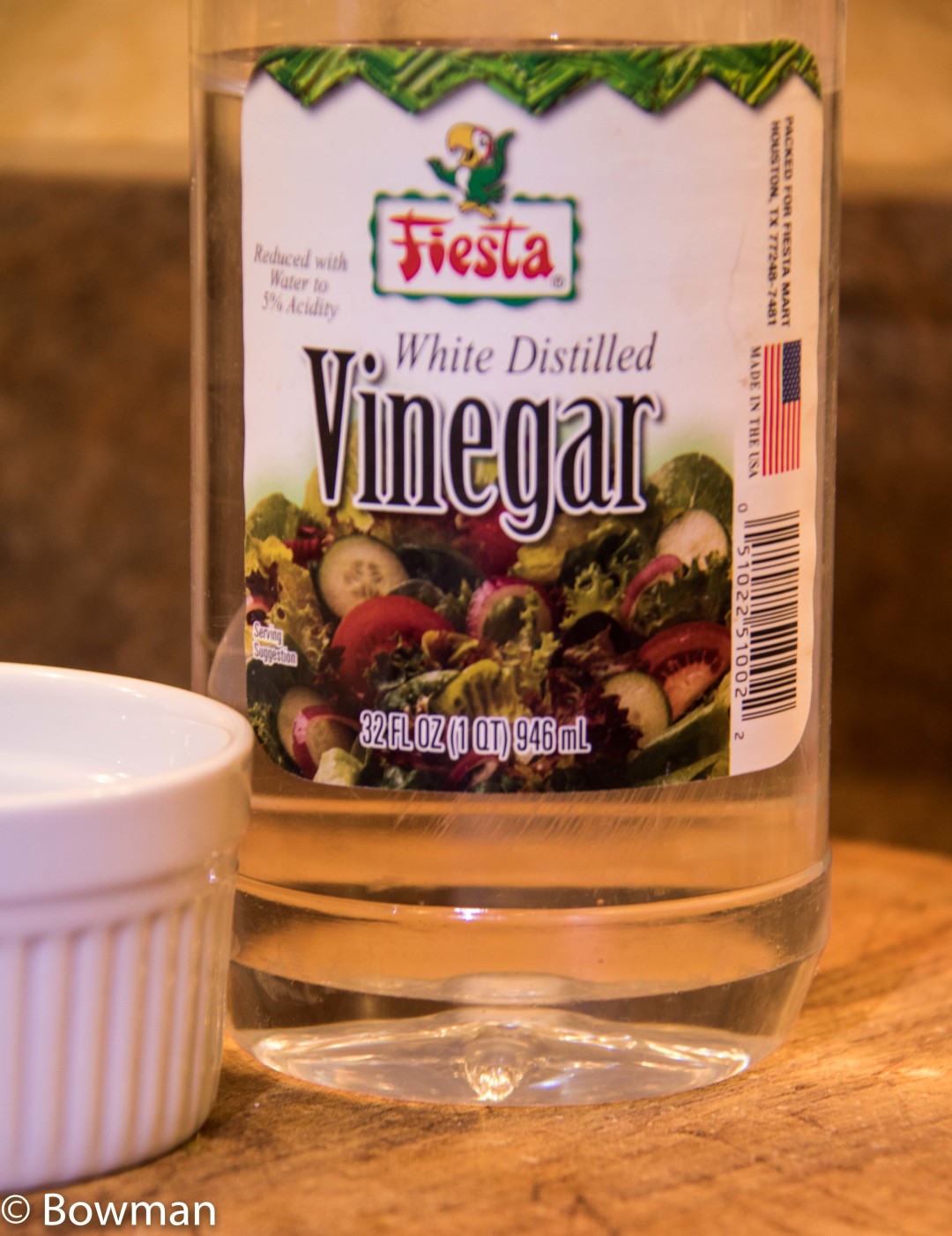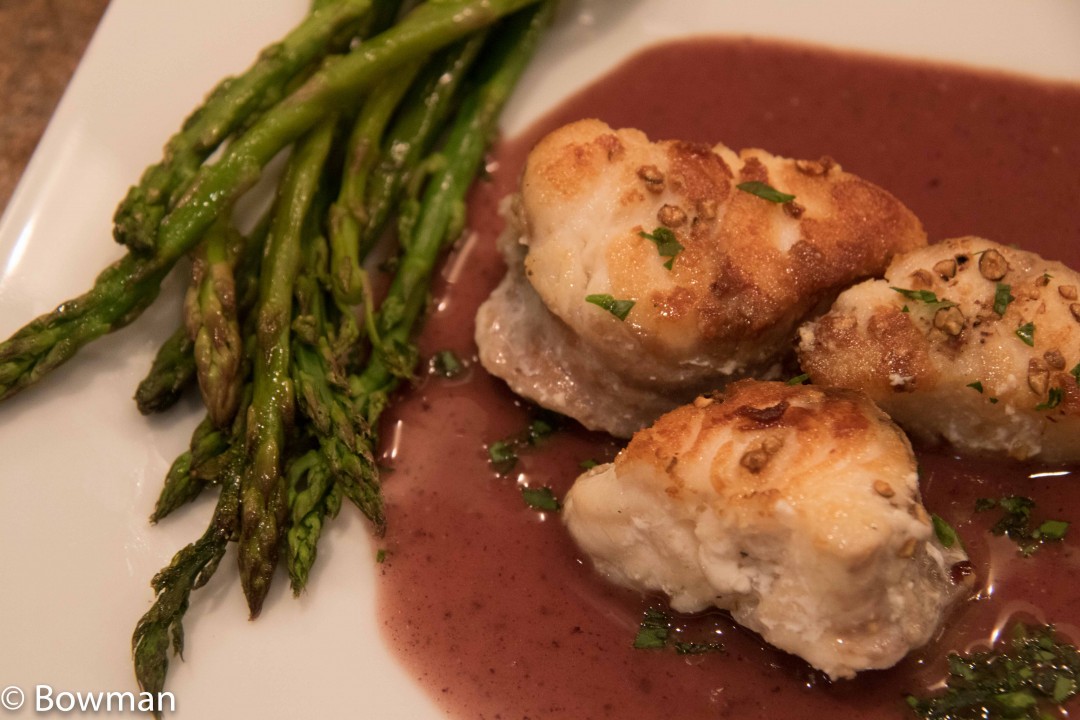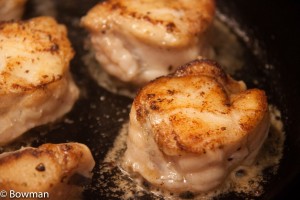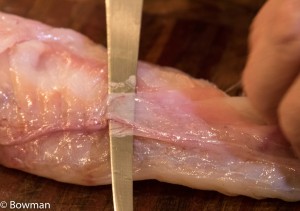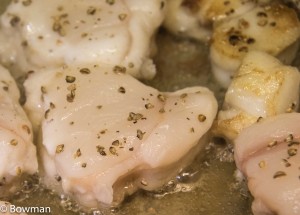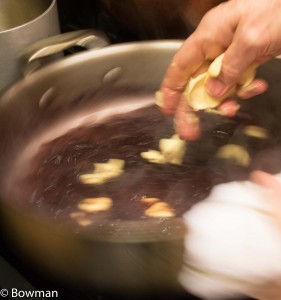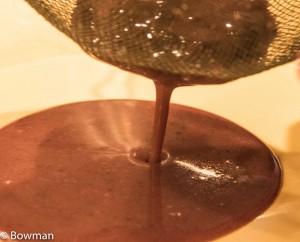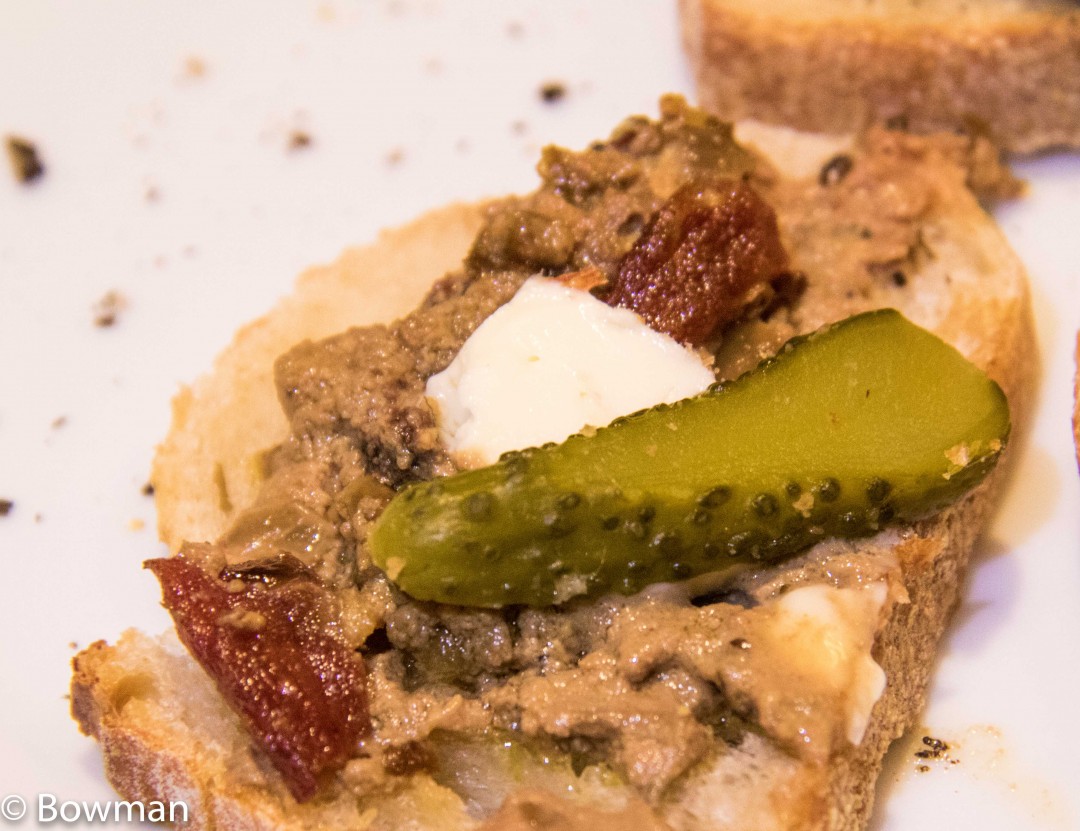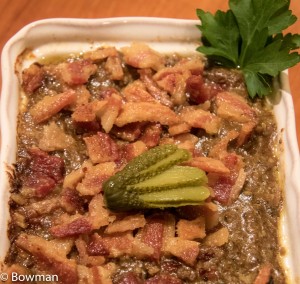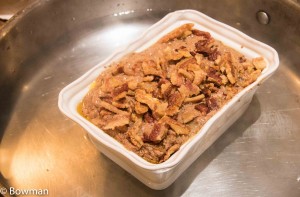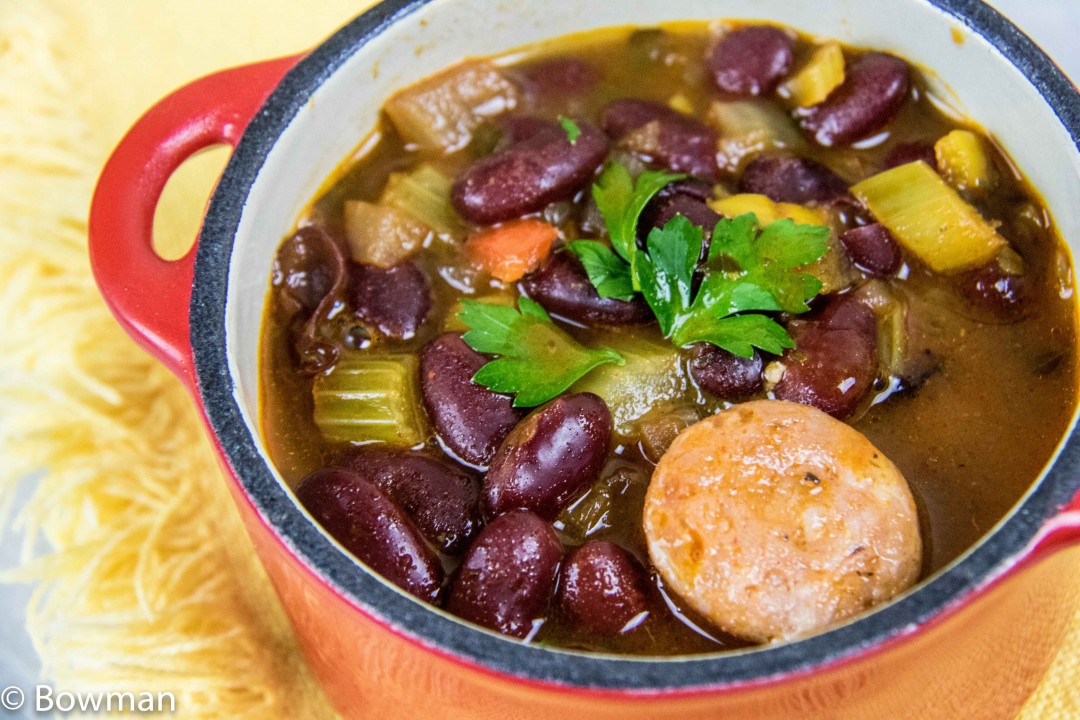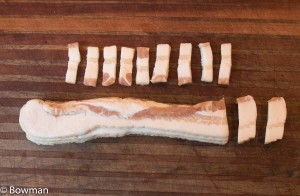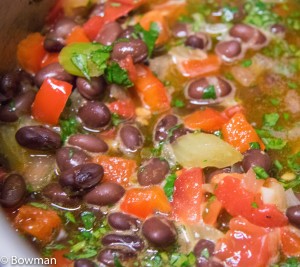Braising is one of my very favorite ways to cook. In no other cooking technique is so little effort on the part of the cook rewarded with results that are so complex and wonderful. Short ribs are the perfect kind of cut for braising.
What happens when you braise? Do you remember the pictures in school of the rain cycle? Heat evaporates water on earth, the moisture rises into the atmosphere creating clouds, which eventually condense into rain? That is what happens in your braising pot. All the wonderful flavors in your tightly sealed pot – wine/ale, carrots, onions, herbs, meat – start to warm up in the oven. The liquid vaporizes and then condenses under the lid and falls back into your pot. The beef and vegetables release their juices and the cycle repeats. The meat takes on the flavors of the ale and vegetables. The vegetables take on the flavor of the wine and beef. In the end, all the distinct flavors meld into a complex, rich, marvelous meal.
One of the great things about braising is that it is a one-pot meal. In a small kitchen that is a huge benefit. You don’t need a special pot. Use a heavy pot, skillet or dutch oven – as long as it has a tightly-fitting lid. You don’t want extra room around your ingredients so pick a pot that fits what you want to cook.
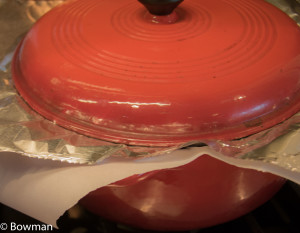 To make sure you get a tight seal, put a piece of parchment between the pot and its lid.
To make sure you get a tight seal, put a piece of parchment between the pot and its lid.
The following recipe is a good base. You can experiment with the vegetables, herbs, and liquid. I tend to use what is at hand.
These short ribs taste even better the next day so cook them ahead. Doubling the recipe works well.
Note: You can brown the ribs in the oven, which is less messy and works well if you are doubling the recipe. Set the oven to broil. Put the ribs about 5” from the flame. You’ll want to have the ribs in a pan with sides that are high enough to capture the grease from the ribs. Turn the ribs several times with sturdy tongs while the meat broils.
Short Ribs Braised in Ale
Serves 4
Ingredients:
3-3 ½ lbs short ribs, bone-in and meaty
2T olive oil (enough to barely cover the bottom of the pot)
6 carrots, peeled and cut into 1” pieces
2 yellow onions, cut into 1” wedges
3 celery stalks cut into 1” pieces
1/2 -1 bottle of ale (Use an amber ale or even a porter)
¾ c beef stock (you can use chicken stock or water)
2 bay leaves
4 sprigs of thyme or rosemary
salt and pepper
Utensils:
One heavy pot, measuring cups, tongs, plate, spatula or wooden spoon, slotted spoon
Method:
Heat oven to 300F.
Liberally salt and pepper the ribs. Heat oil over a medium high heat then add and brown the ribs. You want them to look caramelized. You may need to do this in two batches because you don’t want to crowd them in the pot. Transfer the browned ribs to a plate.
Saute the onions in the same pot over medium heat. Scrape the bottom of the pot to loosen any little bits from the browning. When the onions are translucent after 4-5 minutes, add the carrots and celery and sauté for 3-4 minutes.
Now add the ale and beef stock, stirring for 2 minutes. Add the ribs back into the pot, nestling them among the carrots and onions. Tuck the bay leaves and rosemary around the ribs. Bring the liquid to a simmer.
Cover the pot with parchment paper and lid. Cook in the oven for 2 hours or until the meat is easily separated with a fork.
After 30 minutes, check to see that the liquid in the pot is simmering, not boiling. Turn down the heat if you need to. After an hour, gently turn the ribs over.
When the meat is done, gently transfer to a warm platter. Try and keep the bone and meat together.
Use a slotted spoon to remove the vegetables and place them around the meat.
Tilt the pot to the side and remove as much fat as you can with a spoon. Simmer until the remaining liquid is reduced to about ½ c, which should take about 10 minutes. It should be a bit syrupy. Taste and adjust seasoning as necessary. Pour the sauce over the meat for a beautiful presentation.

